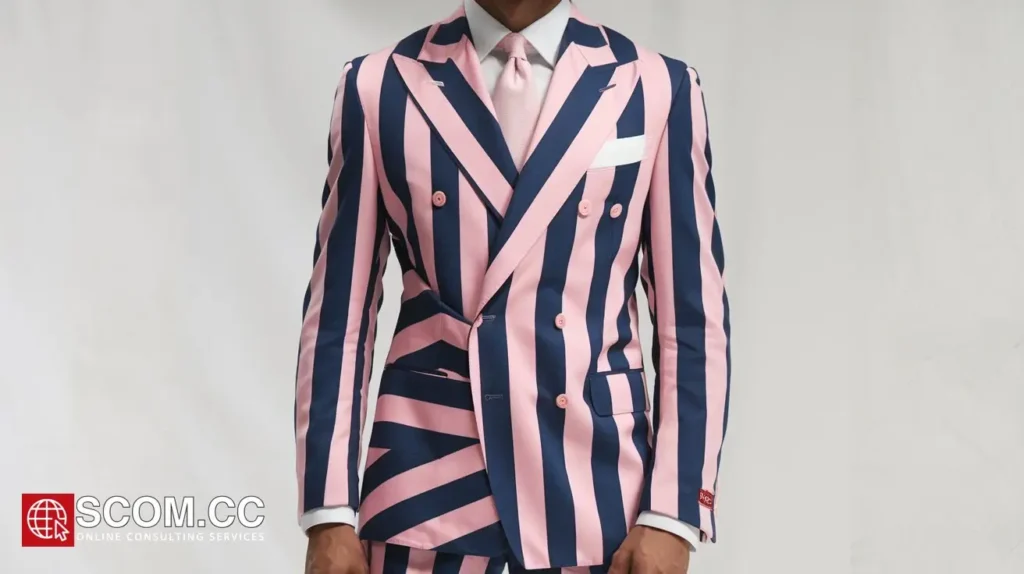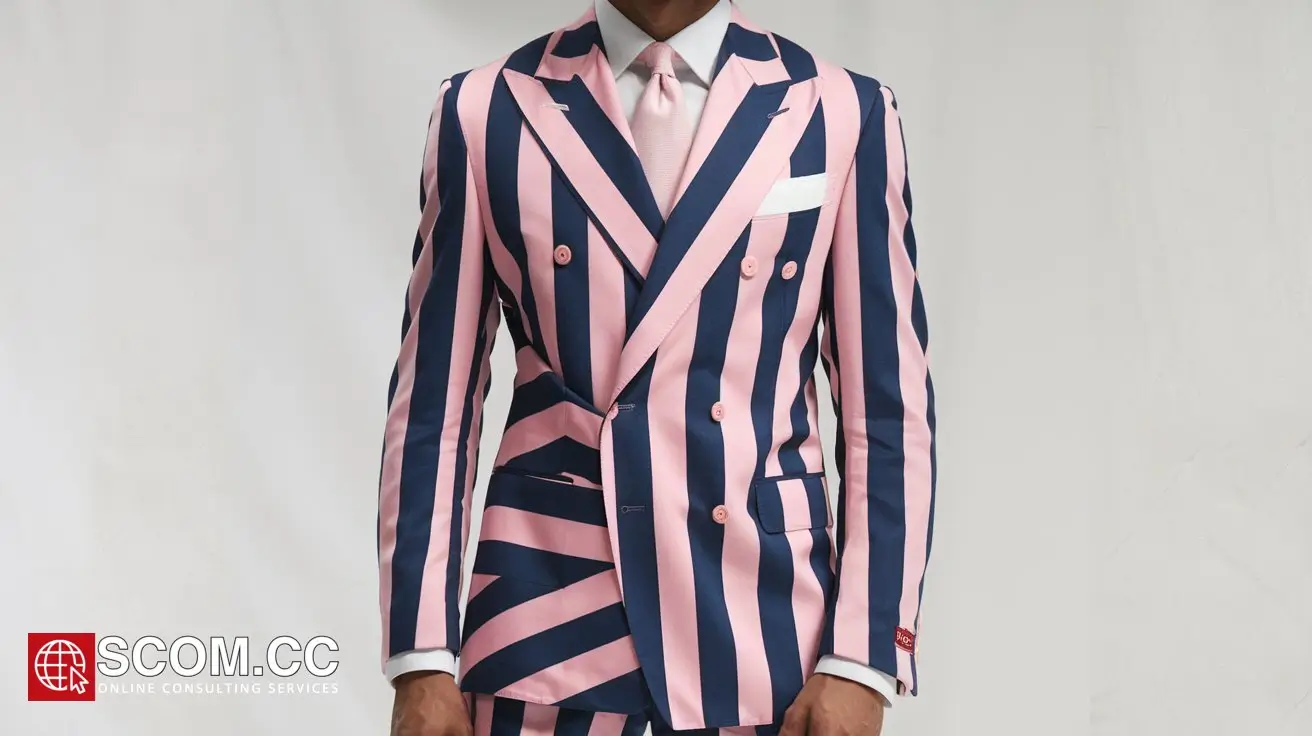What Are the Most Creative Ways to Experiment with Tailoring Techniques?

- What Are the Most Creative Ways to Experiment with Tailoring Techniques?
- Reimagining Classic Silhouettes
- Integrating Non-Traditional Materials
- Incorporating Bold Color and Pattern Choices
- Applying Advanced Construction Techniques
- Embracing Personalization and Customization
- Leveraging Technology and Innovation
- Incorporating Unique Finishing Techniques
- Collaborating with Other Designers and Artists
-
FAQ
- 1. What are some examples of reimagining classic silhouettes in tailoring?
- 2. How can non-traditional materials be integrated into tailoring?
- 3. What are some creative ways to use color and patterns in modern tailoring?
- 4. What advanced construction techniques can be used in tailoring?
- 5. How can personalization and customization enhance tailoring designs?
- 6. What role does technology play in modern tailoring?
- 7. How can collaborations with other designers and artists benefit tailoring projects?
- Conclusion
What Are the Most Creative Ways to Experiment with Tailoring Techniques?
Tailoring is an art form that combines precision with creativity. To stand out in the fashion industry, tailors must push the boundaries of traditional techniques and explore innovative methods. Experimenting with tailoring techniques can result in unique and personalized garments that captivate and inspire. This article explores the most creative ways to experiment with tailoring techniques, offering insights into how to transform conventional methods into cutting-edge fashion.
Reimagining Classic Silhouettes
Innovative Cuts and Shapes
Redefine traditional silhouettes by incorporating unconventional cuts and shapes. Experiment with asymmetrical hems, deconstructed lines, or layered designs to create modern interpretations of classic garments. For example, transforming a classic trench coat into an asymmetrical wrap coat or a structured blazer into a fluid, draped jacket can provide fresh perspectives on familiar styles.
Customizing Fit and Proportions
Play with fit and proportions to create garments that challenge traditional tailoring norms. Use techniques such as cropped waistlines, oversized shoulders, or high-low hemlines to offer innovative alternatives. This approach allows for personalization and experimentation with how garments interact with the body and movement.
Integrating Non-Traditional Materials
Exploring Alternative Fabrics
Experiment with non-traditional fabrics to create unique textures and effects. Consider incorporating materials such as metallic threads, vinyl, neoprene, or 3D-printed fabrics into tailoring projects. These materials can add a modern, avant-garde edge to classic tailoring designs, resulting in garments that stand out.
Combining Fabric Types
Mix and match different fabric types within a single garment to create interesting contrasts and textures. For instance, combine wool with silk, or tweed with leather. This approach can highlight different elements of a design and enhance the overall visual and tactile experience.
Incorporating Bold Color and Pattern Choices
Utilizing Vibrant Colors
Introduce vibrant and unexpected colors into traditional tailoring. Explore bright hues, neon accents, or gradient color schemes to add a contemporary twist to classic designs. For example, a neon lining or boldly colored buttons can transform a classic suit into a statement piece.
Experimenting with Patterns
Incorporate bold and unique patterns into tailoring designs. Mix stripes with checks, or floral prints with geometric shapes. Creative pattern combinations can add visual interest and individuality to garments, setting them apart from standard designs.
Applying Advanced Construction Techniques
Exploring Experimental Draping
Experiment with advanced draping techniques to create dynamic and fluid garment structures. Use methods such as bias draping, hand-pleating, or fabric folding to create intricate, sculptural designs. This approach allows for innovative shapes and forms that defy traditional tailoring methods.
Incorporating Architectural Elements
Integrate architectural elements into tailoring techniques to achieve unique structural effects. Use techniques such as geometric paneling, invisible seams, or structured padding to create garments with an architectural aesthetic. This can lead to innovative designs that combine fashion with architectural precision.
Embracing Personalization and Customization
Custom Embellishments
Add custom embellishments to tailor garments to individual tastes. Incorporate elements such as embroidery, appliqué, or personalized patches to add unique details. Personalized touches can transform standard designs into bespoke creations that reflect personal style and preferences.
Interactive and Modular Designs
Explore interactive and modular design concepts that allow for customization and versatility. Consider incorporating elements such as detachable sleeves, reversible fabrics, or adjustable hemlines. These features provide flexibility and personalization, allowing the wearer to adapt the garment to different occasions and styles.
Leveraging Technology and Innovation
Utilizing Digital Design Tools
Harness the power of digital design tools to experiment with tailoring techniques. Use software such as CAD programs or 3D modeling tools to visualize and refine design concepts. These tools can help simulate different fabrics, cuts, and construction techniques, enabling more precise experimentation.
Exploring Smart Textiles
Incorporate smart textiles and technology into tailoring designs to add functionality and innovation. Consider fabrics with embedded sensors, temperature regulation, or LED lighting to create garments that blend fashion with technology. This approach can lead to groundbreaking designs with enhanced performance and interactivity.
Incorporating Unique Finishing Techniques
Experimenting with Distressing and Aging
Apply distressing or aging techniques to create garments with a vintage or worn look. Methods such as sandblasting, stone washing, or distressed stitching can give new garments an authentic, lived-in appearance. This technique adds character and uniqueness to tailoring projects.
Innovative Edge Finishes
Explore innovative edge finishes and detailing techniques to enhance garment aesthetics. Consider options such as raw edges, contrast stitching, or piped seams. These finishing touches can add visual interest and elevate the overall design of the garment.
Collaborating with Other Designers and Artists
Cross-Disciplinary Collaborations
Collaborate with designers and artists from different disciplines to bring new perspectives to tailoring projects. Work with textile artists, graphic designers, or industrial designers to incorporate unique elements into your garments. Cross-disciplinary collaborations can lead to innovative designs that push the boundaries of traditional tailoring.
Participating in Design Challenges
Engage in design challenges or competitions that encourage experimentation and creativity. These events often push designers to explore new techniques, materials, and concepts. Participating in such challenges can provide fresh ideas and inspiration for your tailoring projects.
What Are the Most Creative Ways to Experiment with Tailoring Techniques?
Summary Table
| Experimentation Area | Description | Examples |
|---|---|---|
| Reimagining Classic Silhouettes | Redefine traditional shapes and fits. | Asymmetrical coats, cropped waistlines, oversized shoulders. |
| Integrating Non-Traditional Materials | Use alternative fabrics and combine different types. | Metallic threads, vinyl, wool with silk. |
| Incorporating Bold Color and Pattern Choices | Use vibrant colors and unique patterns to add a contemporary twist. | Neon accents, mixed patterns. |
| Applying Advanced Construction Techniques | Employ experimental draping and architectural elements for dynamic designs. | Bias draping, geometric paneling. |
| Embracing Personalization and Customization | Add custom embellishments and interactive features for individuality and versatility. | Embroidery, detachable sleeves, reversible fabrics. |
| Leveraging Technology and Innovation | Utilize digital tools and smart textiles for enhanced functionality and design. | CAD software, embedded sensors. |
| Incorporating Unique Finishing Techniques | Apply distressing and innovative edge finishes to create unique looks. | Raw edges, contrast stitching. |
| Collaborating with Other Designers and Artists | Partner with professionals from other fields for fresh perspectives and innovative ideas. | Textile artists, design competitions. |
FAQ
1. What are some examples of reimagining classic silhouettes in tailoring?
Reimagining classic silhouettes involves creating new designs by altering traditional shapes and fits. Examples include asymmetrical coats, cropped waistlines, oversized shoulders, and fluid, draped jackets. These modifications offer fresh perspectives on conventional garments.
2. How can non-traditional materials be integrated into tailoring?
Non-traditional materials, such as metallic threads, vinyl, or neoprene, can be used to create unique textures and effects. Combining different fabric types, like wool with silk, can also produce innovative and visually interesting results in tailoring projects.
3. What are some creative ways to use color and patterns in modern tailoring?
To infuse modern tailoring with creativity, consider using vibrant colors, neon accents, and gradient color schemes. Experimenting with bold and unique patterns, such as mixing stripes with checks or floral prints with geometric shapes, can add visual interest and distinctiveness to garments.
4. What advanced construction techniques can be used in tailoring?
Advanced construction techniques include experimental draping methods like bias draping and hand-pleating, as well as incorporating architectural elements such as geometric paneling and structured padding. These techniques allow for innovative garment shapes and structures.
5. How can personalization and customization enhance tailoring designs?
Personalization and customization can be achieved by adding custom embellishments such as embroidery, appliqué, or personalized patches. Interactive and modular designs, like detachable sleeves or reversible fabrics, offer versatility and allow the wearer to adapt the garment to different occasions.
6. What role does technology play in modern tailoring?
Technology plays a significant role by offering digital design tools like CAD software and 3D modeling programs, which help visualize and refine design concepts. Smart textiles with embedded sensors or temperature regulation can also enhance garment functionality and innovation.
7. How can collaborations with other designers and artists benefit tailoring projects?
Collaborations with designers and artists from different disciplines can introduce fresh perspectives and innovative ideas. Working with textile artists, graphic designers, or industrial designers can lead to groundbreaking designs that blend fashion with other fields, pushing the boundaries of traditional tailoring.
Conclusion
Experimenting with tailoring techniques offers endless possibilities for creativity and innovation. By reimagining classic silhouettes, integrating non-traditional materials, embracing bold color and pattern choices, and leveraging advanced construction methods, tailors can create garments that stand out in today’s fashion landscape. Embracing technology, personalization, and cross-disciplinary collaborations further enhances the potential for unique and groundbreaking designs. Pushing the boundaries of conventional tailoring techniques leads to fashion-forward creations that captivate and inspire.

To explore more about tailoring, visit our Blog of Tailoring. If you have any questions or need assistance, go to our contact page. Additionally, you can find more information about tailoring and consulting at this tailoring and consulting portal.

Leave a Reply